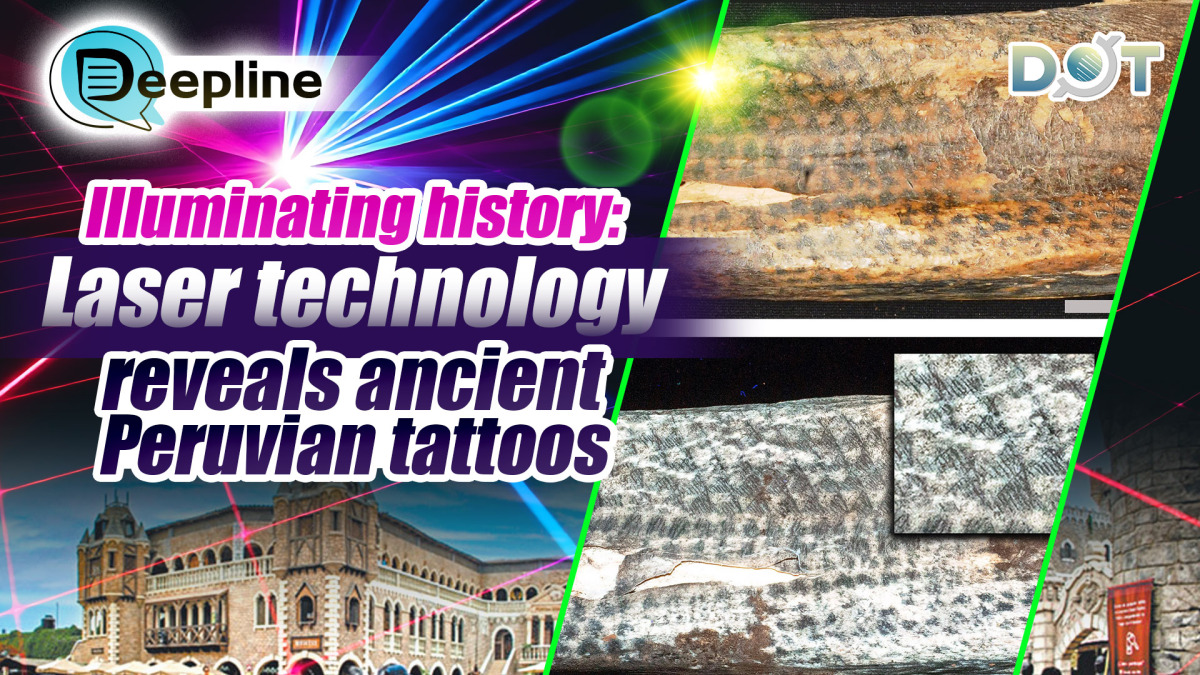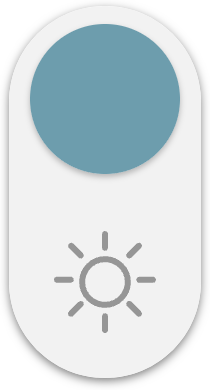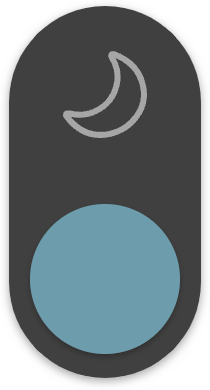
The history of tattoos can be traced back at least 5,000 years, or even earlier. Many of these cultural imprints, however, have faded over time. Additionally, some remains were either embalmed or accidentally dehydrated, preserved as mummies, causing the skin to become dark and hardened, which made the tattoos blurred or faded.
A team co-led by Michael Pittman, Assistant Professor at the School of Life Sciences at The Chinese University of Hong Kong, and Thomas G. Kaye from the Foundation for Scientific Advancement in Sierra Vista, USA, used Laser-Stimulated Fluorescence (LSF) technology to discover intricate tattoo patterns on a 1,200-year-old human mummy from the Chancay culture. This not only showcased the exquisite artistic development level of the Chancay culture but also revealed that tattoos might have served as identity symbols or spiritual markers in ancient societies. It also demonstrated the potential of advanced imaging technology to reshape history.
The Chancay people lived between approximately 900 AD and 1470 AD in the valley regions north of present-day Lima, Peru. They were known for their textiles and trade with neighboring countries. The dry local climate facilitated the preservation of remains.
Their culture was eventually assimilated by the more famous Inca civilization, leaving behind a wealth of artifacts, including textiles and mummified remains. The approximately hundred mummified remains studied mostly date from 1222 AD to 1282 AD, with others tracing back to 900 AD. However, ancient tattoos are difficult to restore to their intricate patterns due to faded ink and the decay of skin after death.
Using lasers to generate high-contrast fluorescence images
The team led by Pittman developed advanced LSF technology, which can solve this problem. LSF uses lasers to produce high-contrast fluorescence images and was originally used to study dinosaur specimens. Judyta Bąk, a Ph.D. student from Jagiellonian University in Kraków, Poland, proposed applying this technology to tattoos, yielding unexpected results.
When the laser repeatedly scanned the mummy in a dark room, the effect was magical: its skin glowed, but the tattooed areas remained dark, creating a stark contrast.
In an interview with the CUHK publication CUHK in Touch, Pittman explained that the ink used by ancient people was made from materials with poor fluorescence effects, such as carbon, which resulted in the contrasting effect. "LSF technology allows us to see intricate details that were previously invisible." The research team discovered delicate geometric and animal-shaped patterns on the arms, legs, and bodies of some remains. Many of these intricate designs closely resemble the famous textiles of the Chancay culture. The fineness of these tattoos reaches 0.1 mm to 0.2 mm, which is even finer than the typical 0.35 mm modern tattoo needle.
Advocating for LSF as new standard equipment for archaeologists
Pittman noted, "The researchers were stunned speechless when they saw the tattoos revealed. This exceeded our expectations. No one has achieved this in over a century of archaeological research in the region." The team recommends that LSF be included as new standard equipment for archaeologists to compensate for the limitations of traditional photography or infrared imaging.
"When tattoos are so severely degraded, obtaining more information is crucial for interpretation."
The expert team estimates that these tattoos may have been important cultural markers or symbols of status or spirituality, but their exact meaning remains largely speculative for now.
"There is a certain diversity in tattoo styles, primarily geometric patterns like diagonals and diamonds, but some resemble animals. There are also differences in the time and effort invested in the tattooing process. The more time spent, the more important the individual might have been—this is our current hypothesis."
Pittman emphasized that the findings of this study are just the tip of the iceberg. LSF technology has opened up possibilities for studying ancient tattoos. He hopes to use LSF technology for tattoo analysis to explore the different cultures and histories hidden within them and to present them in innovative ways.
Thomas G. Kaye, the first author of the study, said that LSF technology reversed centuries of damage to the tattoos, allowing researchers to see their full appearance. The Chancay culture, known for its abundant textile production, also had a profound foundation in body art. This discovery, according to him, shows that tattoos may have been another artistic focus, carrying significant cultural or spiritual meaning.
(Source: Wen Wei Po; Journalist: Gao Yu; English Editor: Darius)
Related News:
Deepline | Pets as family: Emotional and economic rise of China's pet afterlife services
Journalist's Hands-on Experience | Crossing three realms: What does musical Divine Comedy bring us?




















Comment